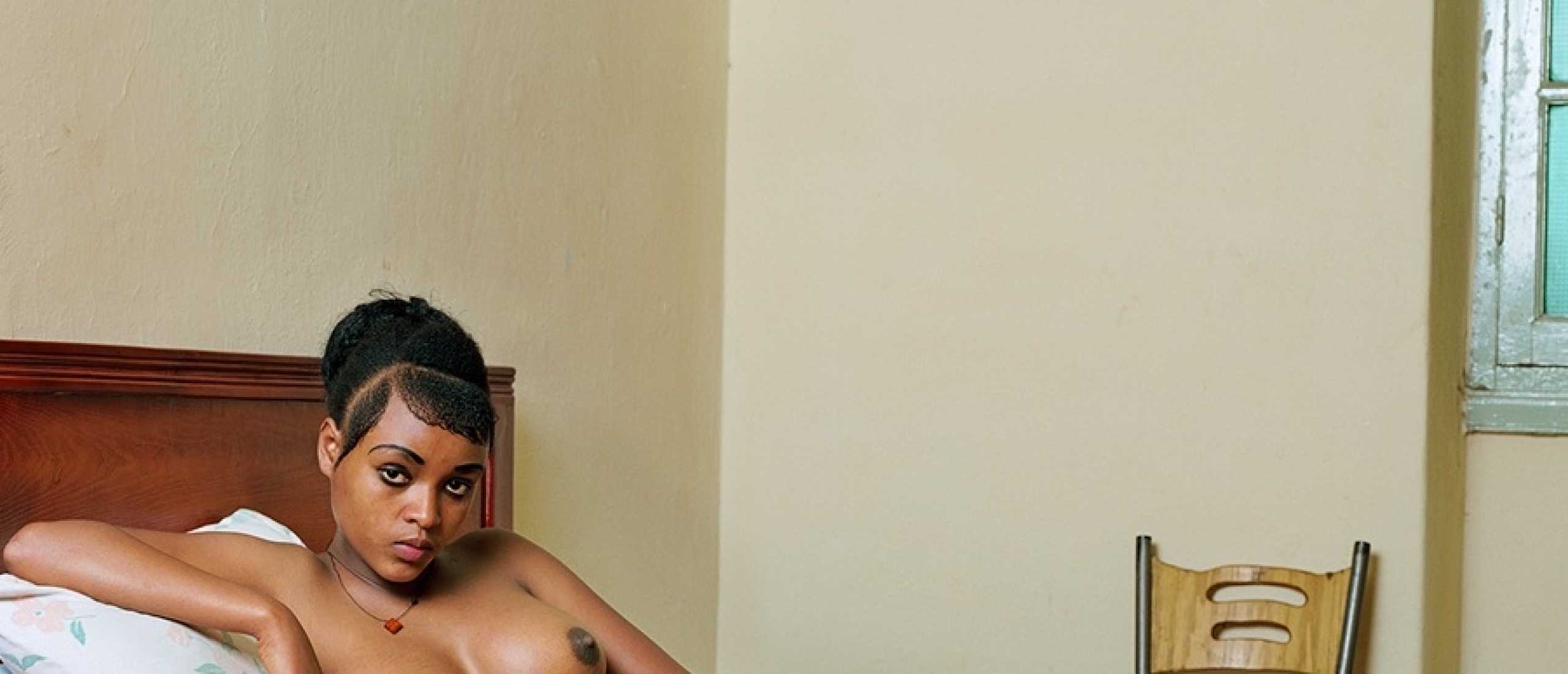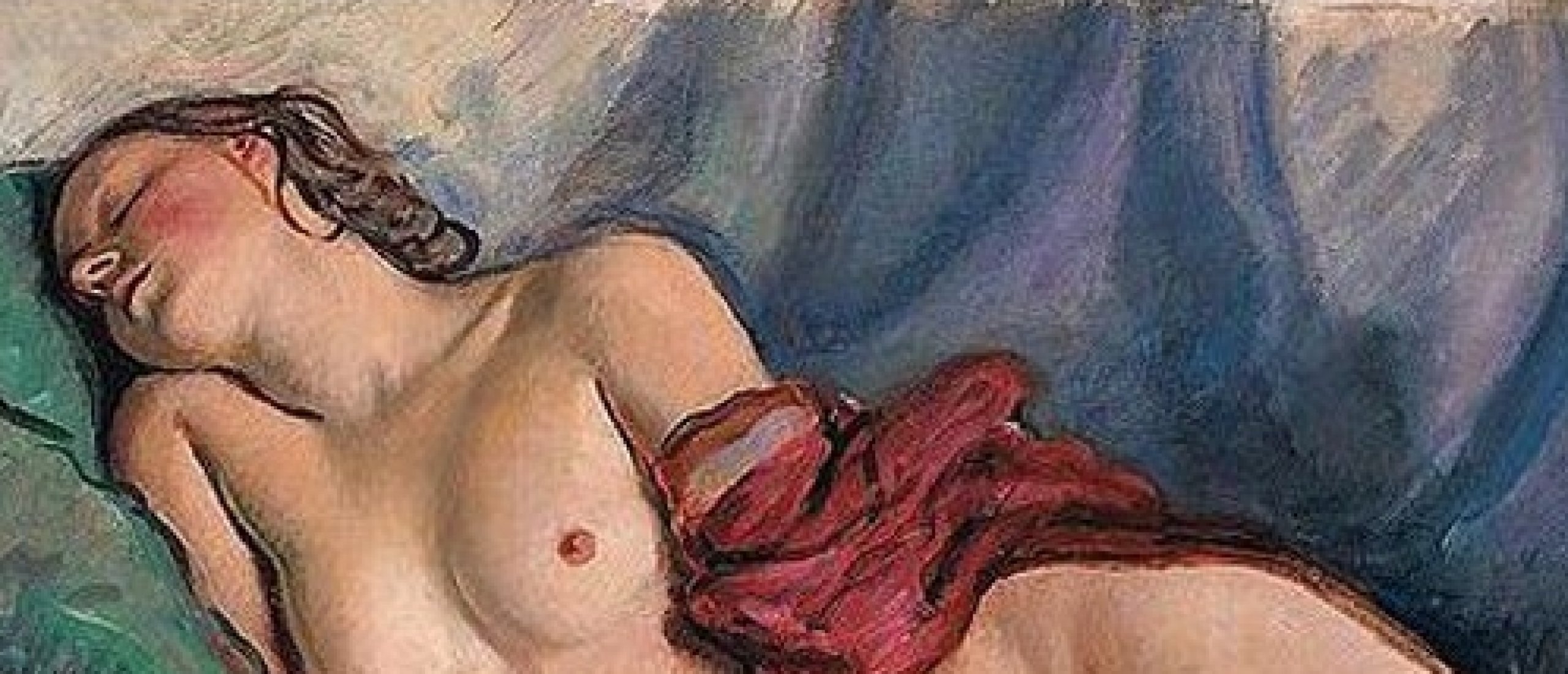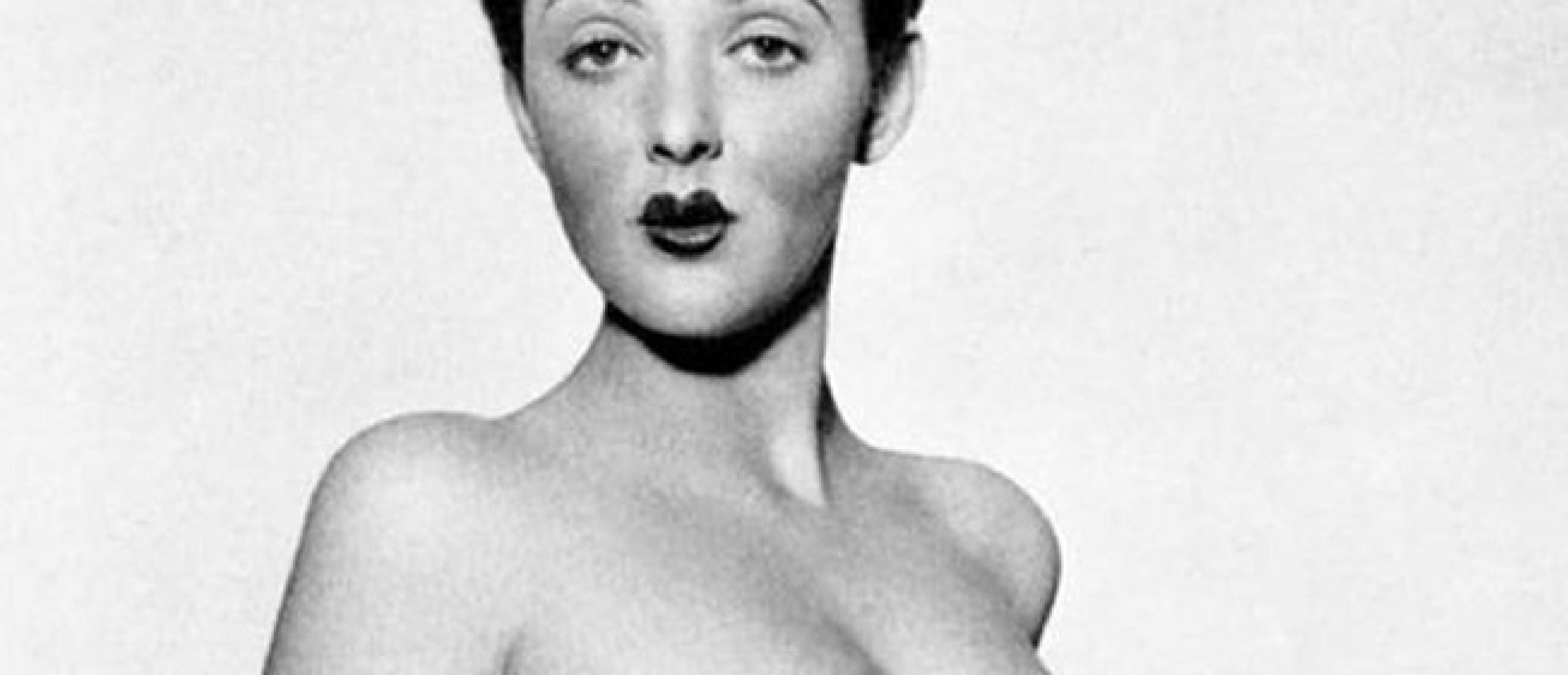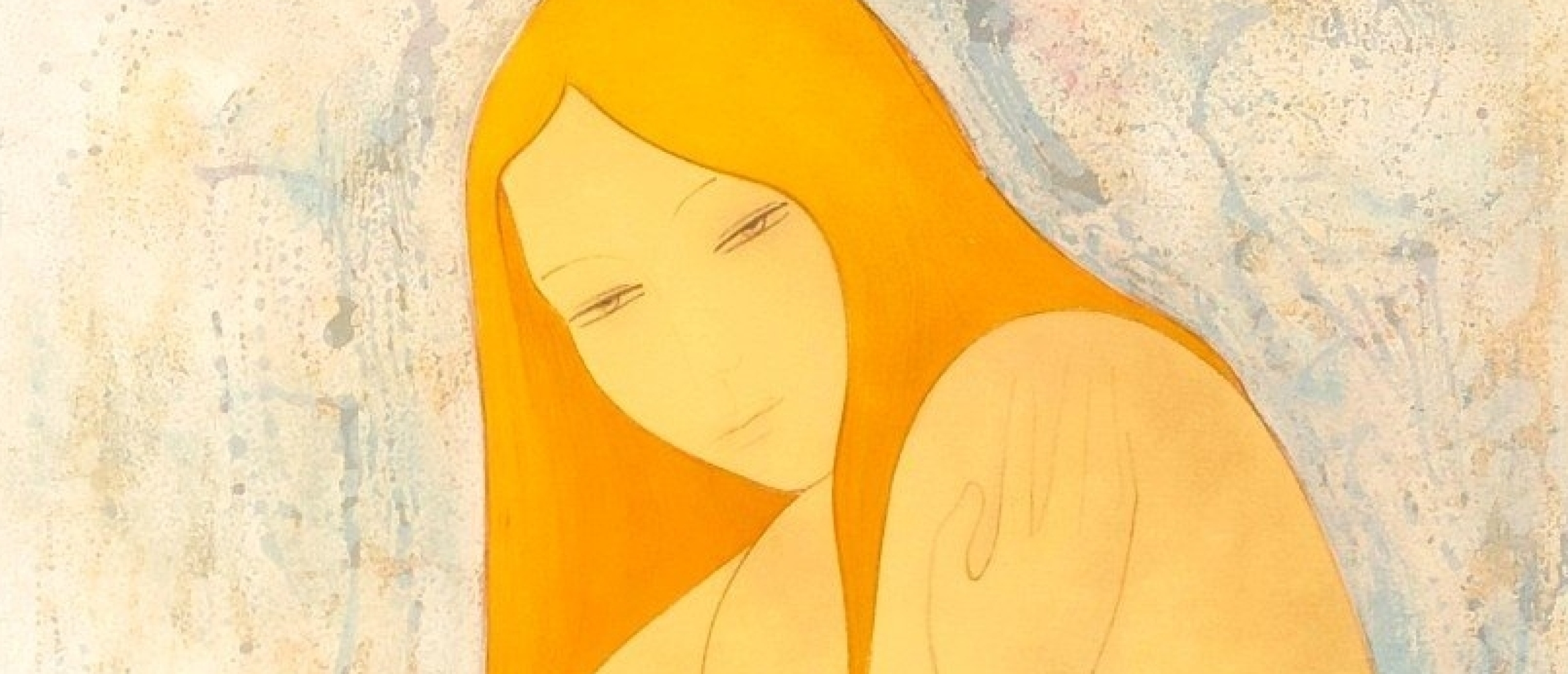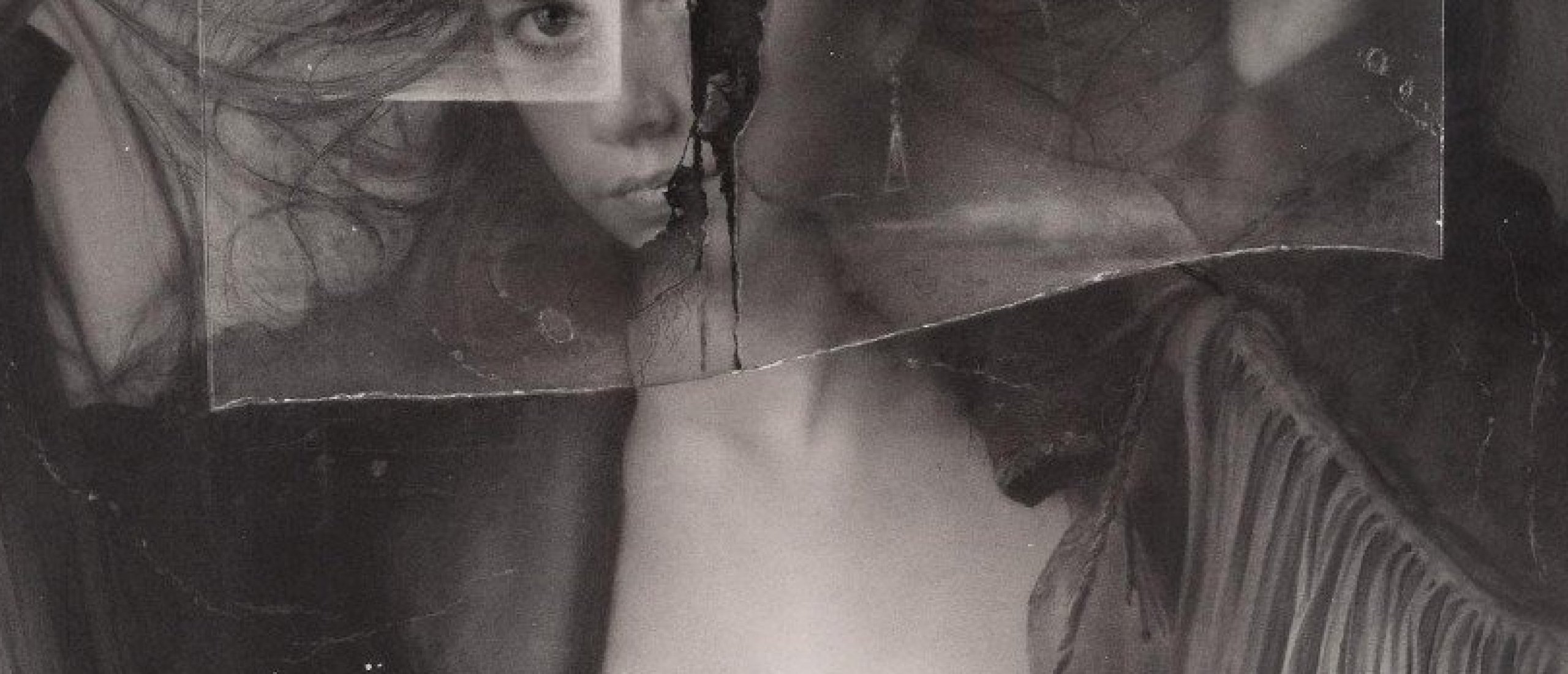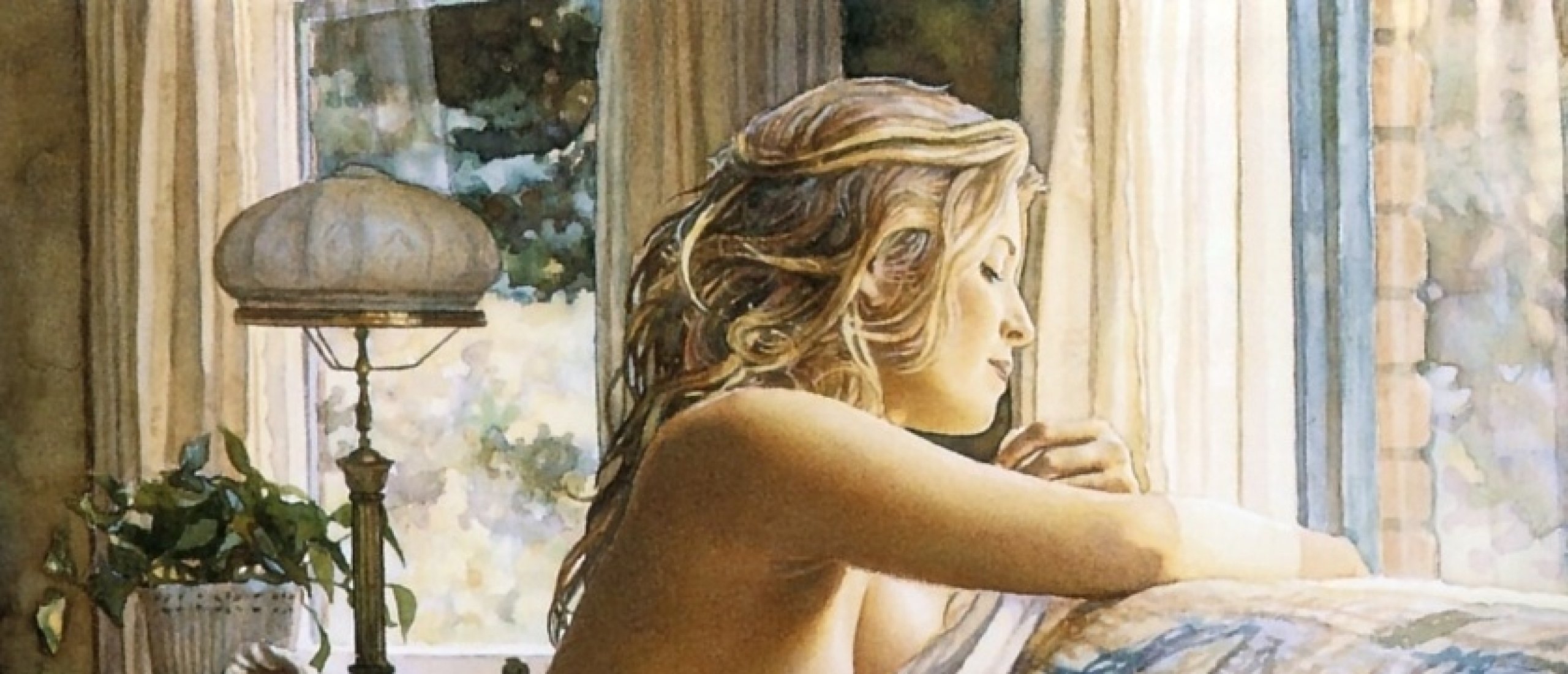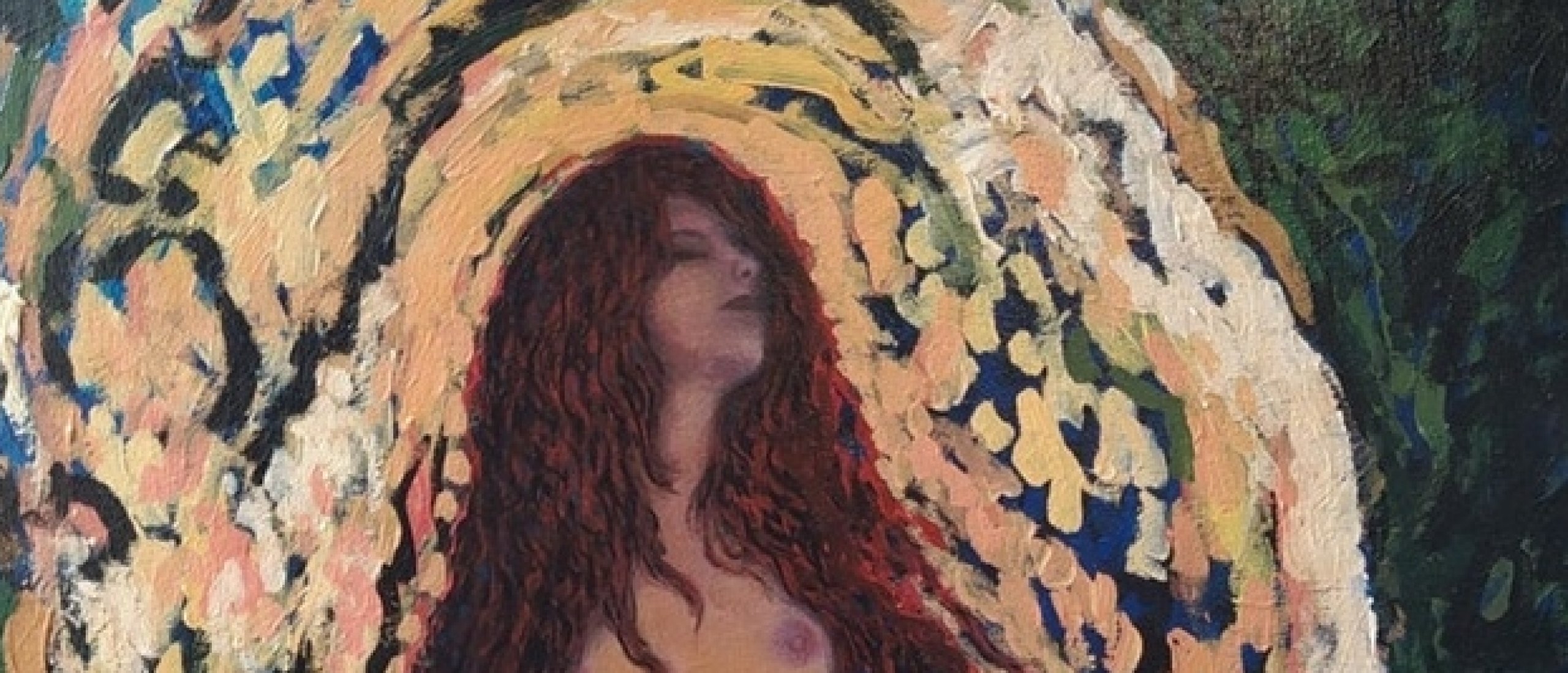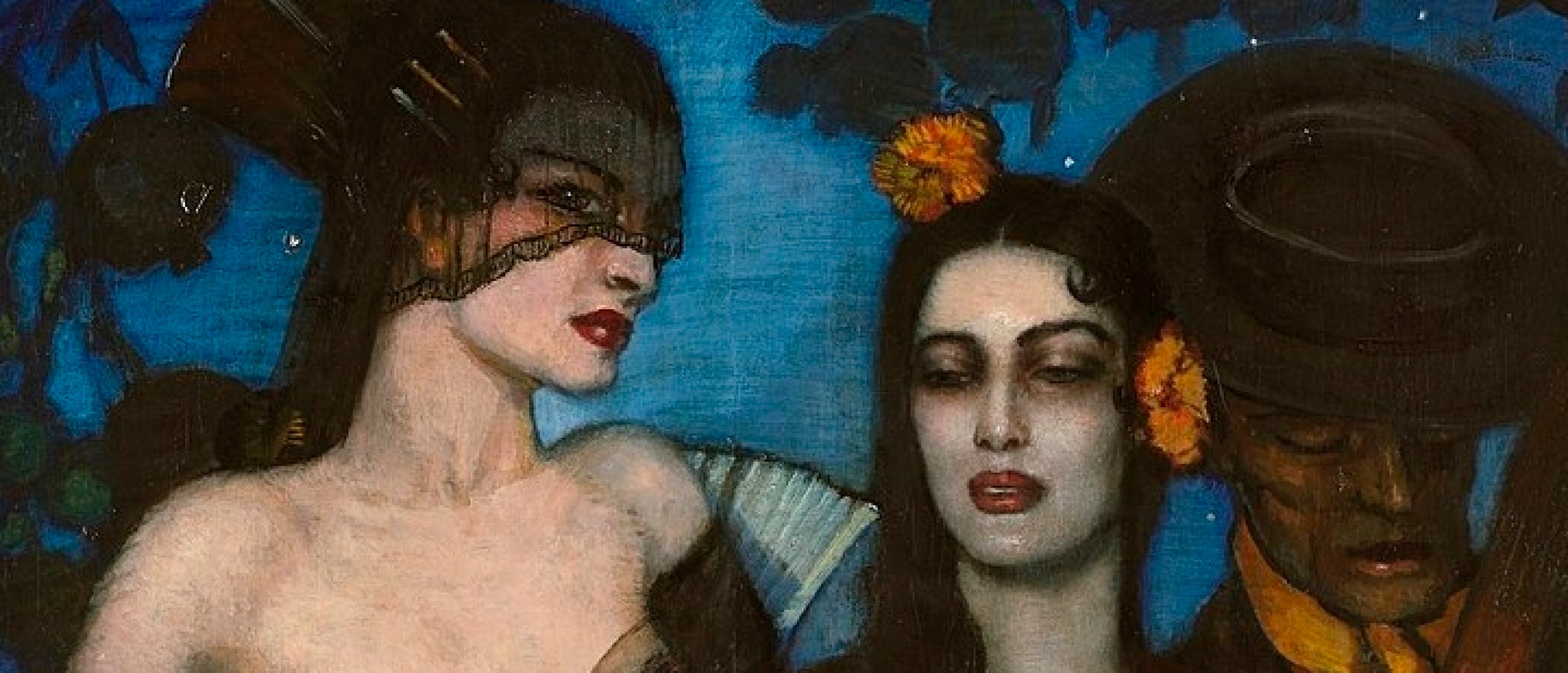
Federico Beltrán Masses was a Spanish painter, born in Cuba in 1885, known for his seductive portraits and atmospheric nocturnal erotically charged scenes. His art occupies a curious space in the context of the early twentieth century art, in a similar way in which the art of the Dutch Fauvist Kees van Dongen does. While his contemporaries, in particular his Spanish contemporaries such as Picasso and Juan Gris surged forward with abstraction and modernist experimentation, Beltrán Masses stood apart, lost in his own dreamy world, immersed in velvety shadows, saturated colour, and most notably an eroticism that was both refined and dreamlike. His work does not provoke for the sake of provocation alone nor does it scream for attention. Instead, it lures the viewer into a private, mysterious world where sensuality and psychological tension are simmering beneath the quiet, dark surface.

Fig.1 Federico Beltran Masses, Nuit amoureuse (Night of Passion), c 1920s
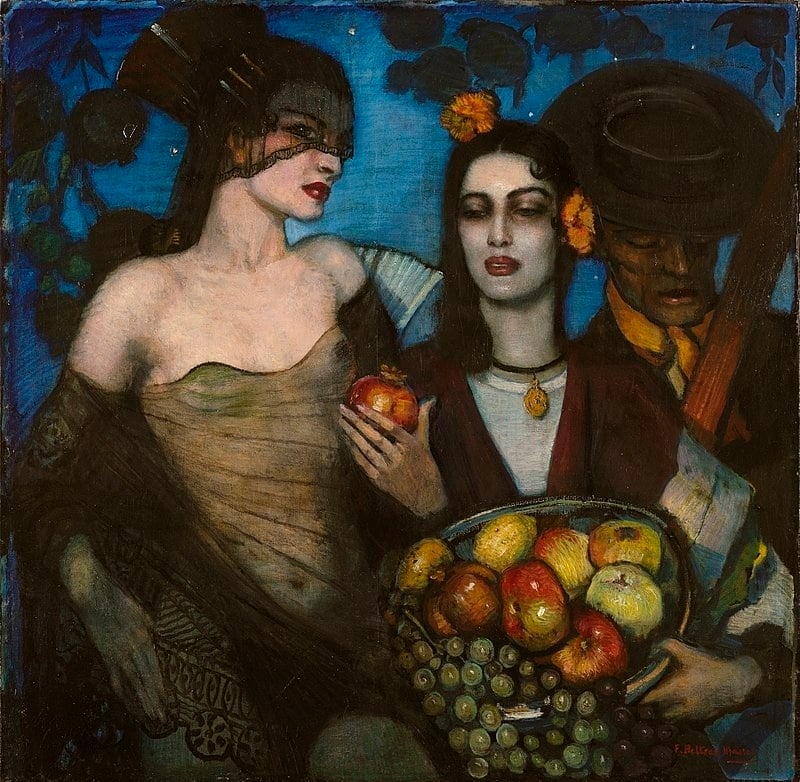
Fig.2 Federico Beltran Masses, Granada, 1929
Spell of Desire
Beltrán was a master of mise-en-scène which literally means ‘placing on stage’ and in filmmaking it refers to the visual arrangement of everything in the scene. Much like a director of silent films or a Symbolist playwright, Beltrán composes his paintings with an acute awareness of mood, costume, lighting, and emotional suggestion. His paintings all seem carefully arranged, thought through. Nothing is an accident. Take a look at the expression of the face of Salome in Fig.5. After all, paintings too are silent just like silent films, but they are static too, and yet Beltrán manages to convey so much emotion. Or take a look at the faces of the women in Fig.6. or the way the fruit basket and the gauze black fabric on the woman are both carefully selected and arranged in Fig.2. Eroticism in his work is not necessarily carnal, but it is theatrical, staged, and cloaked in mystery. His women are often dark-haired and pale-skinned. Their postures are languid and their expressions opaque. They do not offer themselves to the viewer and they remain unreachable, enigmatic. Beltrán’s women all possess a hypnotic spell of desire.

Fig.3 Federico Beltran Masses, Landscape with female nudes, 1910
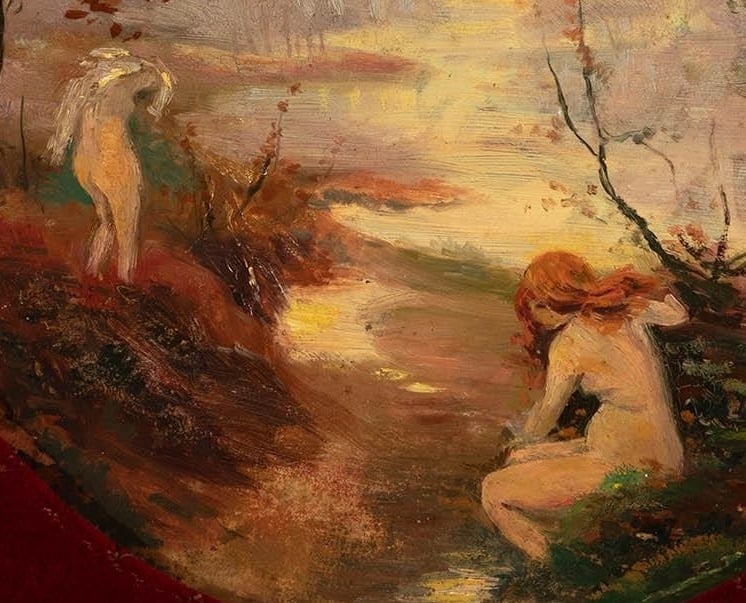
Fig.3a
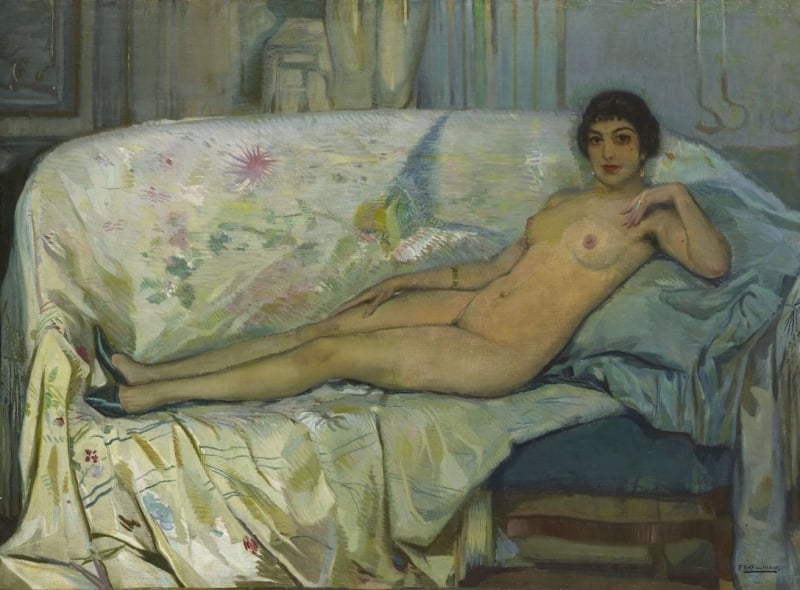
Fig.4 Federico Beltran Masses, Mirabella, 1914
Partial Nudity
The erotic charge in Beltrán Masses’ art often comes from this sense of distance. His sitters are dressed in Orientalist fabrics, velvet gowns, or sometimes portrayed in partial nudity, but always with the gaze of self-possession. Unlike the more voyeuristic nudes of earlier art, his women seem aware of their own effect, and their seductive power lies in that awareness. They are not passive objects but active figures in their own seduction.
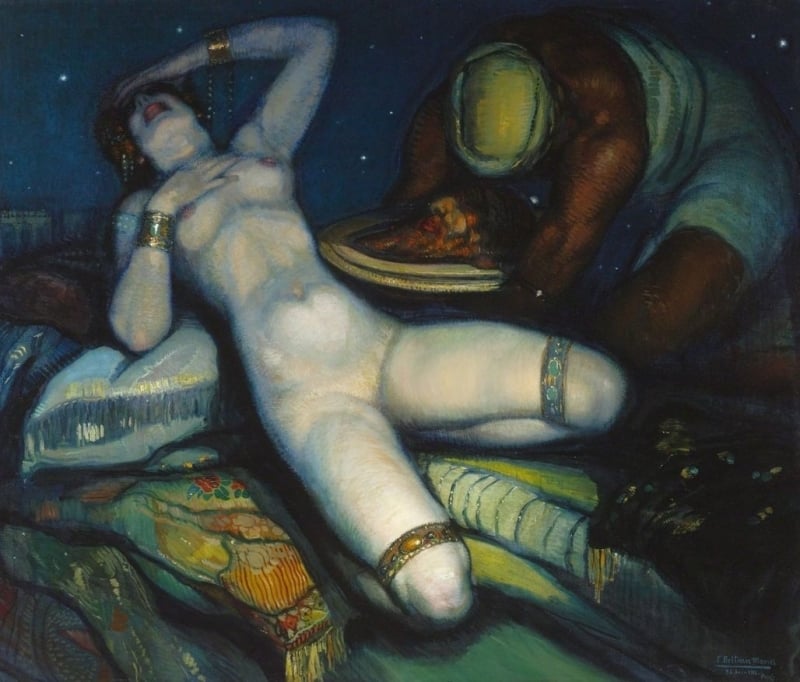
Fig.5 Federico Beltran Masses, Salome, 1918
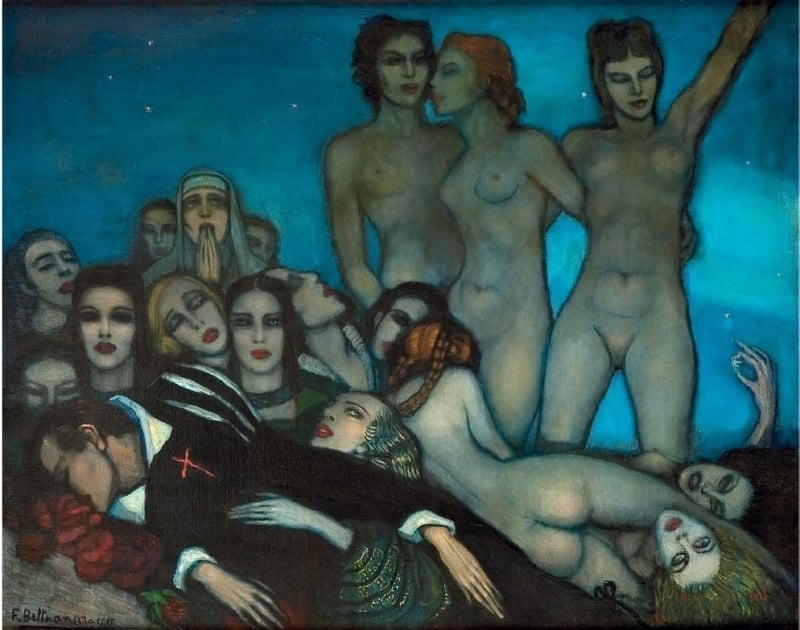
Fig.6 Federico Beltran Masses, The Dream of Don Juan, 1930s
In Premium more on one of Beltrán Masses’ most powerful erotic tools, the spiritual aspects in Beltrán’s work, his portrait of an infamous socialite, the influence of his moody eroticism on other important artists, the aesthetics of his art and a nice selection of his most daring works.
Click HERE for the sensual delirium of Russian Symbolist Nicholas Kalmakoff
What do you think about Federico Beltran Masses' sensual symbolism? Leave your reaction in the comment box below...!!


